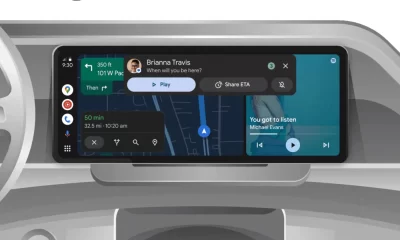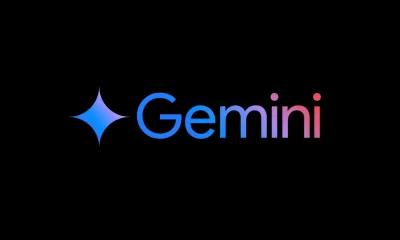Android 15’s smart home controls and Wear OS 5 update: Google’s Latest Enhancements
Google is working on new updates for both Wear OS 5 and Android 15, enhancing its Pixel devices and Android ecosystem. Here’s a detailed look at the ongoing developments, including the paused rollout of Wear OS 5 and the smart home functionality coming with Android 15.
Wear OS 5 Update for Pixel Watch Delayed
Google initially released Wear OS 5 for its original Pixel Watch and the new Pixel Watch 2. However, the rollout was paused after some users reported that their devices became unresponsive, showing a black screen after updating. To fix this, a factory reset is required, which erases user data but can be mitigated if a backup is available.
On September 26, Google paused the Over-The-Air (OTA) update just two days after its release due to the issues users were facing. Since then, the company has removed both the OTA images and manual factory images to prevent further complications.
Google recently confirmed that it will resume the Wear OS 5 update later this year once the problems are resolved. The exact date is still unclear, but Google is actively working on the fix. Whether this pause will affect future updates, like October’s security patch, remains uncertain. In the meantime, app updates from the Google Play Store, such as battery notifications and charging screen changes, will continue to bring new features to the Pixel Watch.
Android 15: Transforming Your Device into a Smart Home Dashboard
Alongside Wear OS 5 updates, Google is enhancing Android 15 with several new features. One standout feature is the Home Controls screensaver, which turns your Android device into a smart home dashboard when docked.
First introduced in Android 15 Beta 3, the Home Controls screensaver allows users to access their smart home devices quickly from the Favorites view of the Google Home app. This feature makes it easy to control lights, cameras, and other connected devices from one screen, turning your phone or tablet into a central hub for managing your smart home.
To enable this feature, users can navigate to Settings > Display & touch > Screen saver on their Pixel devices or similar paths on other Android devices. Once activated, the screensaver will automatically display your favorite smart home controls whenever the device is docked.
The Home Controls screensaver isn’t limited to just Google Home users—it also works with other smart home platforms like Home Assistant. This opens up the feature to a wider range of users who use different smart home ecosystems, giving them a unified control experience across their devices.
Broader Availability for Smart Home Features
Although the Home Controls screensaver is an Android 15 feature, it’s not restricted to Google Pixel devices. Any Android device running Android 15 with support for screen savers can use this feature. Even the Nothing Phone 2a, which runs Nothing OS 3.0 Open Beta, supports the Home Controls screensaver, demonstrating its flexibility across non-Pixel devices.
This feature builds on last year’s Android 14 update, where Google introduced an API allowing third-party apps to embed custom activities within the Device Controls interface. Device Controls let users manage smart home devices directly from a Quick Settings tile or a lock screen widget. In Android 15, this functionality has been expanded, enabling these same custom activities to appear as part of the Home Controls screensaver.
For developers, there is minimal additional work required to support this new feature. As long as the app provides the custom activity for Device Controls and ensures that it’s accessible when the device is locked, the screensaver will work seamlessly.
Conclusion
Google’s Wear OS 5 and Android 15 updates bring significant improvements to the Pixel Watch and smart home functionalities on Android devices. While the Wear OS 5 update is temporarily paused, users can expect it to resume soon, bringing stability and new features to Pixel Watch owners. At the same time, Android 15 is set to enhance smart home management through the Home Controls screensaver, transforming devices into central smart home hubs with ease. These updates signal Google’s continued focus on integrating technology into everyday life, simplifying device management, and improving user experience.
Google Meet gets a fresh new look with Material 3 design
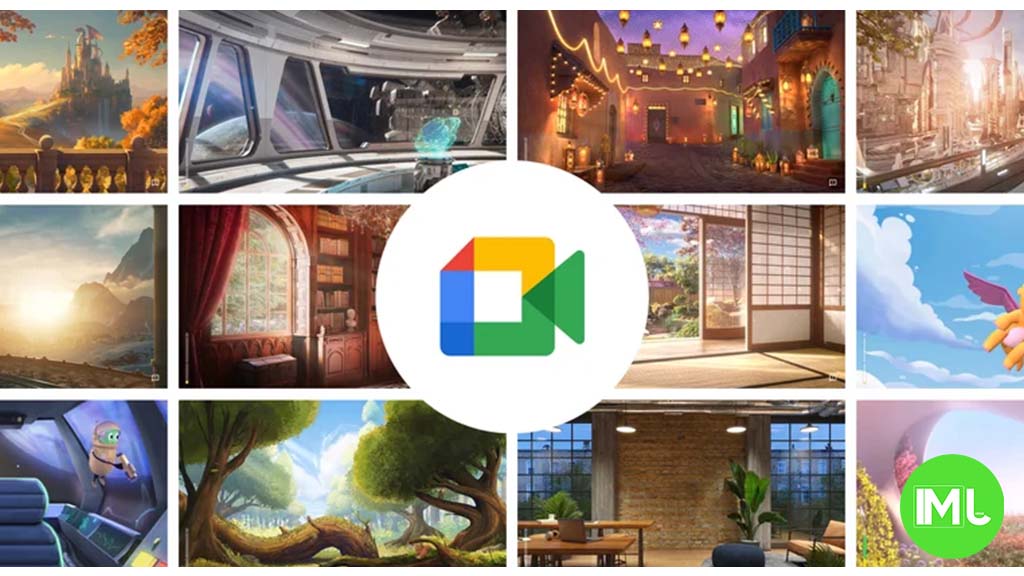
Google Meet is getting a big update to its look, thanks to the new Material 3 design. This change brings a cleaner and more modern style to the video calling app, making it easier and more enjoyable to use.
With Material 3, Google Meet now has rounder buttons, softer colors, and better spacing between elements. The main controls, like the microphone, camera, and end call buttons, are now larger and easier to tap. The icons and text are also clearer, which helps users find what they need quickly during a call.
Another improvement is the new “expressive” color system. This feature lets the app’s colors match your device’s wallpaper or theme, giving each user a unique and personalized experience. The changes also make Google Meet more accessible, as the new design is easier to read and use for everyone, including people with vision difficulties.
These updates are rolling out to both web and mobile versions of Google Meet. Google says the new look will help people feel more comfortable and focused during their meetings. Overall, the Material 3 update makes Google Meet not only look better but also work better for all its users.
Android
Easy ways to change Android Auto’s look with light and dark themes
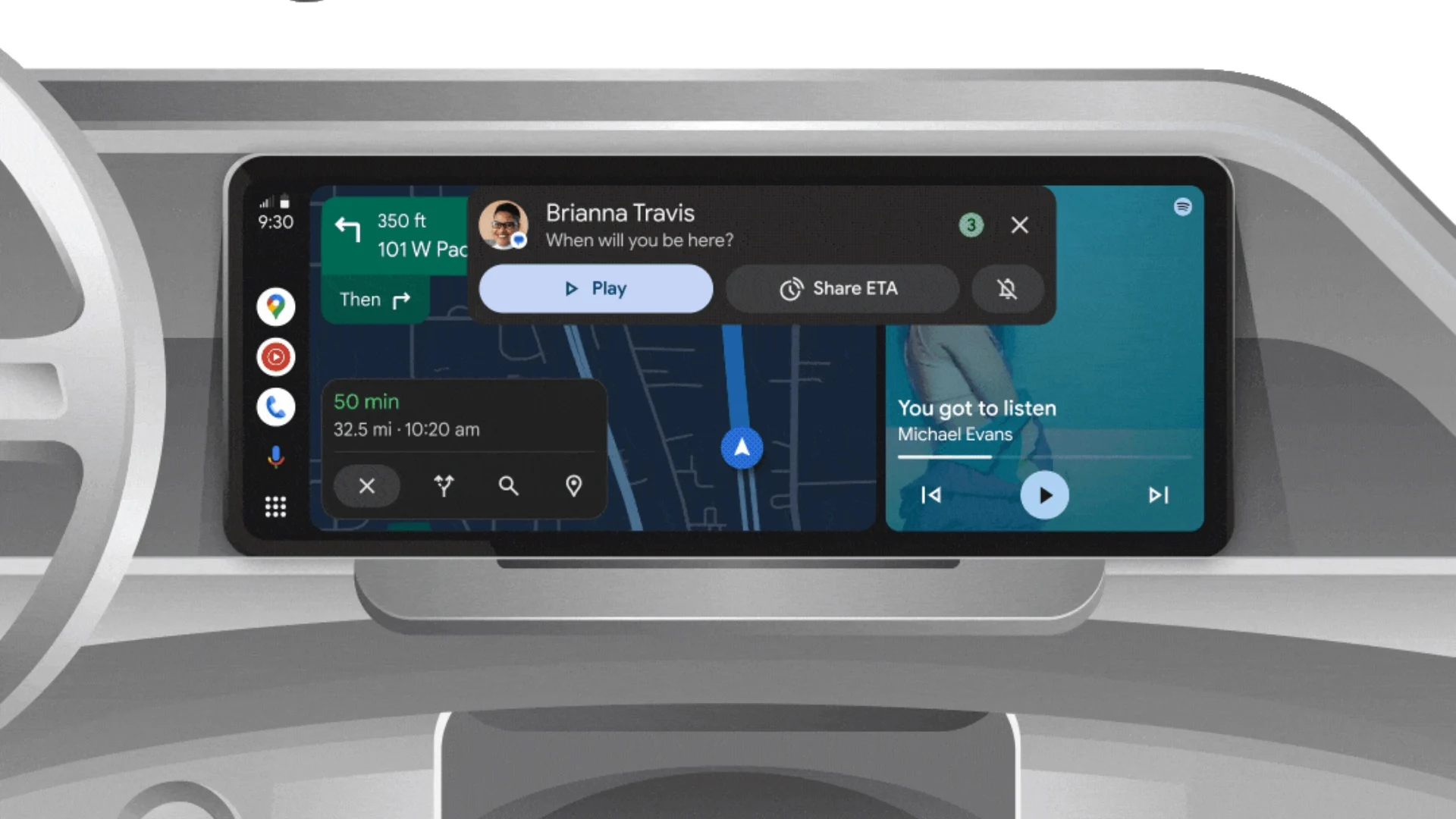
Android Auto is a helpful tool that lets you use your phone’s apps safely while driving. It connects your phone to your car’s screen, making it easier to use maps, music, and calls. One of the features many people like is the ability to change how Android Auto looks by switching between light and dark themes.
How to switch between light and dark themes
Android Auto offers two main themes: light and dark. The light theme uses brighter colors, which can make the screen easier to see during the day. The dark theme uses darker colors, which can be more comfortable for your eyes at night or in low light.
To change the theme, follow these steps:
- Open the Android Auto app on your phone.
- Go to the settings menu.
- Find the “Theme” option.
- Choose between “Light,” “Dark,” or “Set by car” (this lets your car decide the theme based on the time of day or your car’s settings).
Why themes matter
Using the right theme can make driving safer and more comfortable. The light theme is good for bright days, while the dark theme helps reduce glare at night. Having these options means you can pick what works best for you, making Android Auto easier to use in any condition.
In short, Android Auto’s theme options are simple to use and help you drive more safely by making the screen easy to see, no matter the time of day.
Google Drive and Files by Google get fresh updates for easier use

Google is rolling out some helpful updates to two of its popular apps: Google Drive and Files by Google. These changes are designed to make managing your files and watching videos much smoother.
First, Google Drive is getting a new video player. Now, when you upload a video to Drive and open it, you’ll notice a fresh look that matches Google’s latest design style. The controls, like play and pause, are easier to use and look cleaner. This update makes it simpler to watch videos directly in Drive without needing to download them first.
Meanwhile, the Files by Google app is also getting a makeover. The app is adopting Google’s Material 3 design, which means it looks brighter and more modern. The buttons and menus are easier to see and use, making it simpler to find, move, and organize your files. There are also new color options and improved icons, so everything feels more user-friendly.
Both updates show Google’s commitment to making its apps more helpful and enjoyable to use. Whether you’re watching videos in Drive or sorting files on your phone, these changes aim to save you time and make things less complicated. If you use these apps, keep an eye out for these new features—they should arrive soon!
-
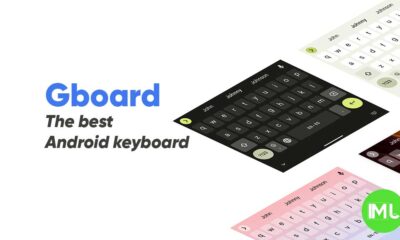
 Apps1 year ago
Apps1 year agoGboard Proofread feature will support selected text
-

 News1 year ago
News1 year agoSamsung USA crafting One UI 6.1.1
-

 Apps12 months ago
Apps12 months agoGoogle Contacts app testing new Besties Widget
-
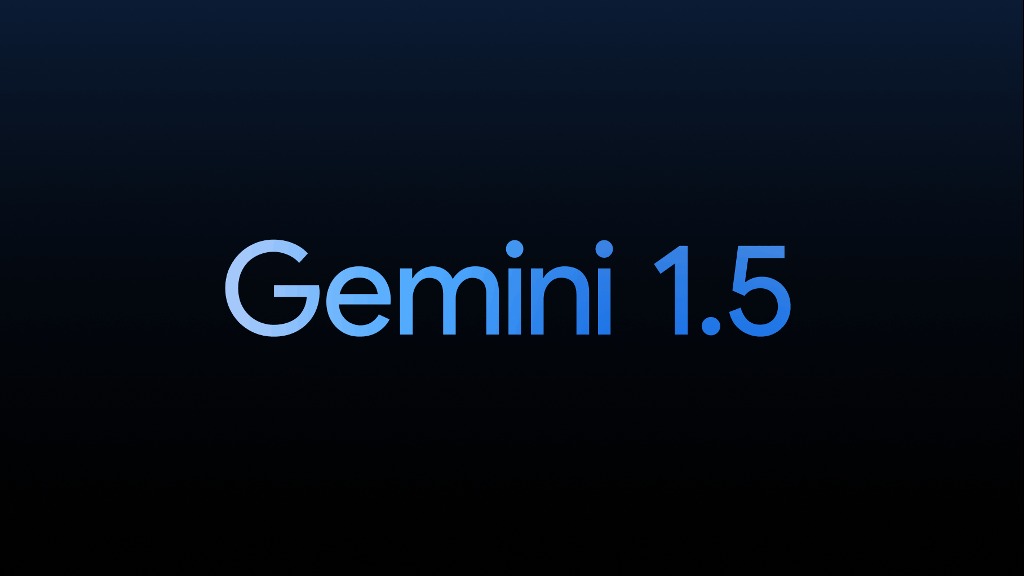
 AI12 months ago
AI12 months agoGoogle Pixel 9 Pro may come with a complimentary one-year Gemini Advanced subscription
-

 News1 year ago
News1 year agoBreaking: Samsung Galaxy S22 may get Galaxy AI features
-
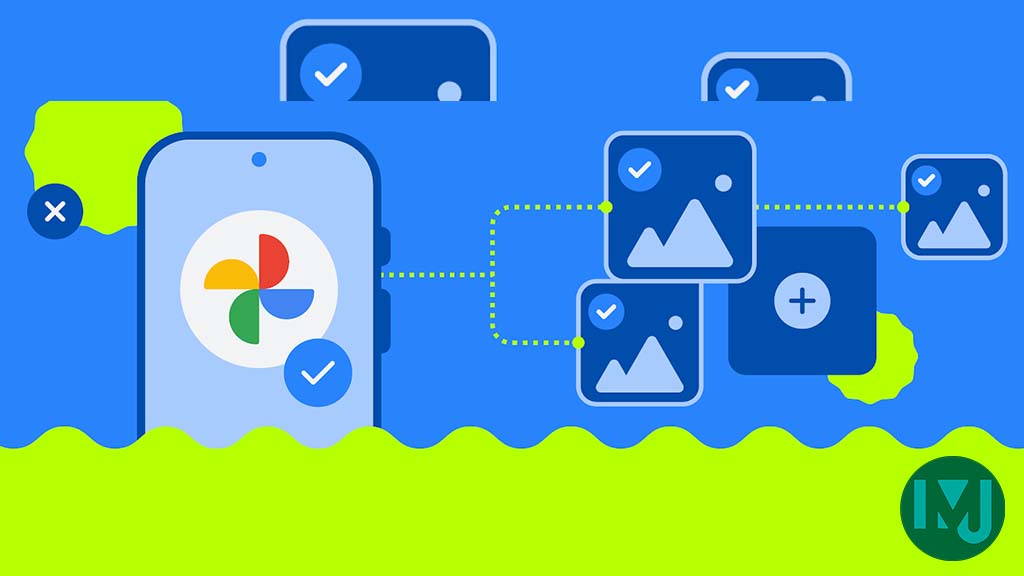
 Apps12 months ago
Apps12 months agoGoogle working on a new video editing feature for its Photo app
-
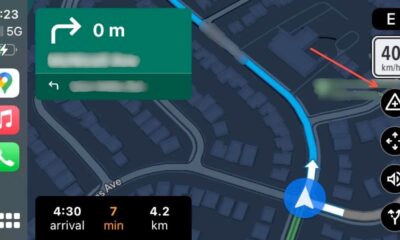
 Apps12 months ago
Apps12 months agoGoogle Maps lets you report traffic jams and accidents on Apple CarPlay, but not on Android Auto
-

 Apps12 months ago
Apps12 months agoGoogle Messages app will transform MMS chats into RCS



